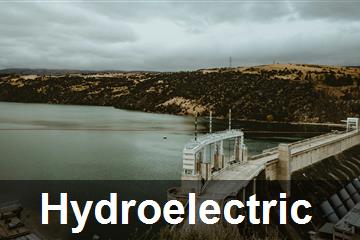
04 ott 2024
Edison is advancing its hydroelectric pumping projects in Southern Italy, aiming to operationalize two major plants by 2030.
With a planned capacity of 2.5 GW across several regions, the company has secured environmental approvals for the Pescopagano and Villarosa plants, each with a 500 MW capacity.
Edison is preparing to participate in upcoming storage system auctions, anticipating significant investments and job creation.
The initiative aligns with Italy's renewable energy goals, addressing water storage deficits and enhancing energy security.

Edison is making significant strides in the development of hydroelectric pumping technology in Southern Italy.
This technology, which involves the transfer of water between two reservoirs, allows for energy absorption during peak production times and release during high consumption periods.
The company has outlined a 2.5 GW pipeline for approximately ten plants across regions such as Puglia, Basilicata, Calabria, Sicily, and Sardinia.
Among these, the Pescopagano and Villarosa plants, each with a 500 MW capacity, are set to be operational by 2030.
Edison has recently signed a 1.2 billion euro investment agreement with Webuild for these projects.
The company has already obtained environmental impact assessments and is working towards completing authorization processes by the end of the year.
This will enable participation in storage system auctions expected next spring, under the Macse mechanism being defined by the Ministry of Environment, Terna, and Arera.
Edison has identified existing reservoirs in the South, mapping 150 across eight regions, with plans to invest in about ten to restore full functionality and create additional reservoirs for pumping.
Italy has around 530 dams with a theoretical capacity of nearly 14 billion cubic meters, though only 11-12 billion are currently usable.
The South faces a significant water storage deficit, with maintenance and completion works still pending.
Restoring reservoir capacity can mitigate climate change effects, such as drought.
Pumping requires only a limited amount of water in a closed cycle, allowing the rest to be used for irrigation or firefighting.
The South is expected to see the most growth in non-programmable renewables, necessitating storage solutions to ensure grid flexibility, adequacy, and security.
Currently, Italy operates 22 pumping stations, with a total absorption capacity of about 6.5 GW. Terna has received requests for grid connections for new storage systems, including Edison's, totaling 8 GW. The National Integrated Energy and Climate Plan (Pniec) has identified a need for 9 GW of capacity by 2030.
In December, the EU Commission approved Terna's auction for storage systems, with 17.7 billion euros allocated to incentivize a 9 GW capacity.
Edison hopes that 3-4 GW of this will be hydroelectric pumping, potentially unlocking 10 billion euros in private investments and creating an estimated 15, 000 construction jobs and 1, 000 operational jobs.
This would also strengthen Italy's industrial competitiveness, enhance energy security, and reduce dependence on critical raw materials needed for other mature storage technologies, such as electrochemical batteries.
Edison anticipates that the Macse will recognize and adequately value the differences between these technologies, ensuring competitive opportunities for pumping projects and facilitating significant investments.
